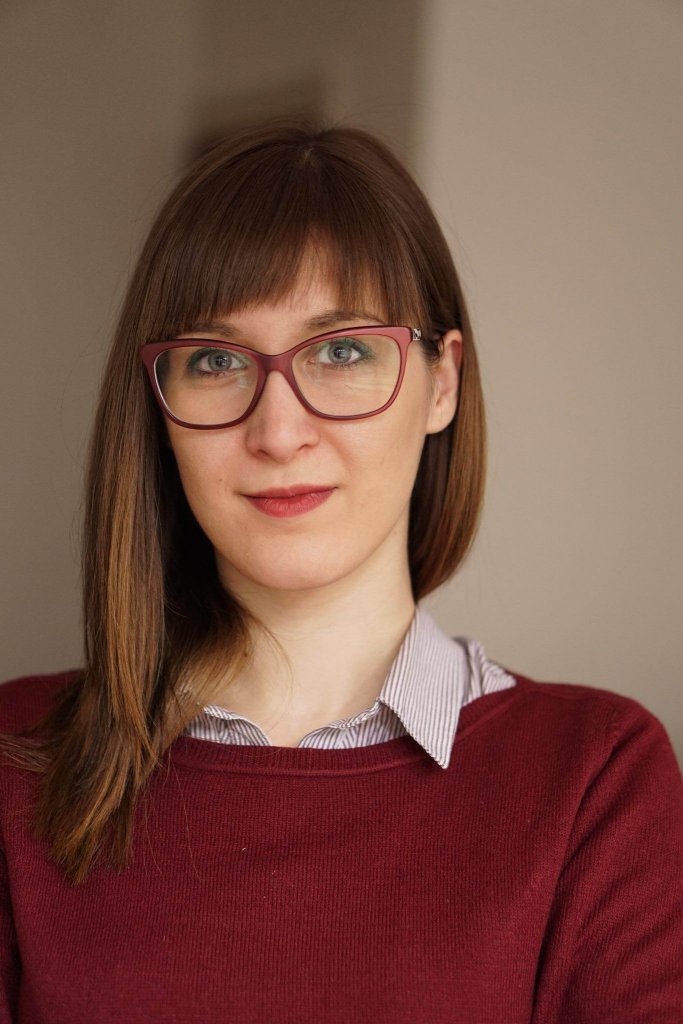 Written by: Ivana Poljak, Economic Analyst, Social Inclusion and Poverty Reduction Unit of the Government of the Republic of Serbia
Written by: Ivana Poljak, Economic Analyst, Social Inclusion and Poverty Reduction Unit of the Government of the Republic of Serbia
Contemporary social and business systems are characterised by complex and dynamic changes to their environment, reflected through risk(s) and uncertainties. The COVID-19 pandemic, like the economic crisis of 2008, has shown a higher degree of uncertainty and the powerful impact of crises on economic systems and social development as a whole.
Under these conditions, the role and importance of futures research is increasing, with the aim of improving planning, better utilising the opportunities and potential of countries, and also more efficiently responding to future challenges and shocks.
The scenario method was developed to empower policy creators and society in general to respond to changes in a timely manner (the names scenario planning, scenario analysis, etc. are also used). The Scenario Analysis method has been in use for both long-term and mid-term planning for more than half a century, in both the private and the public sector. Instead of envisaging one future, this method develops several different, alternative and real futures.
The importance of scenarios can be seen in:
– The identification of the key factors that will affect the future;
– The re-examination of common views and beliefs by setting up more extreme, but realistic future scenarios;
– The understanding of the impact of identified factors;
– The acquisition of insight into the opportunities, roles and perspectives of various stakeholders in topics important for the future.
History of Scenario Analysis Development
The beginnings of scenario analysis, as an elaboration of scenario planning used in the US Army, is linked to the period after World War II, particularly Herman Kahn and the RAND corporation. During 1947 Stanford University established the Stanford Research Institute, working on research and long-term planning in the fields of business planning and research, economic and political strategy, along with science and military consulting.
The modern methodology of scenario analysis was developed by the multinational corporation Royal Dutch Shell (hereinafter: Shell). Namely, during the nineteen-sixties there were seven large companies in the energy sector called “seven sisters”, with Shell known as the “ugly sister” due to its poor business results. However, through scenario planning the company not only managed to overcome the 1973 oil crisis, but also to become one of the two most successful oil companies, while several others have gone bankrupt. Thereafter, many private companies have turned to scenario analysis, thereby making it widely popular.
Following its success in the private sector, the scenario method was increasingly used in the state and non-government sector, as well as among international organisations. One of the best known projects is the Mont Fleur scenario analysis produced in the South African Republic (SAR) in 1991 and 1992 by Shell’s experts, under the sponsorship of the German Friedrich Ebert Stiftung foundation. The project gathered diverse groups of people (politicians, activists, academics, entrepreneurs, etc.) who had completely different views for the future of SAR, and the analysis had a considerable public impact. There are views stating that this scenario analysis helped usher in the end of apartheid in a more peaceful and tolerant manner amidst an environment of conflict and fears of armed clashes.
Several methods for drafting scenarios
There are many different methods of scenario analysis, and the choice depends on the nature of the problem being studied. Some problems require a significant level of technical analysis and the participants are mainly experts that can understand a specific problem, while in other cases the topics are closer to the general public, thus the analysis participants come from various areas to contribute to the “collective intelligence” of the group through creative thinking and their “worldview”. The number of steps in scenario analysis and their form differ depending on the method being used.
Scenarios are not forecasts, but represent possible alternative futures. Decision makers can use them as food for thought, to better govern various future outcomes.
The most frequently used techniques in drafting scenarios:
- Technique with a 2×2 matrix – This method involves mapping and analysing uncertain factors important for the context of the subject matter and the way their interaction can have a disruptive and transformative effect on the environment within a defined period of time. There are two methods:
- The deductive method – workshop participants first define “key drivers” and thereafter chose the 2 or 3 most important and also most uncertain factors that are mutually non-correlated. The defined factors are used to produce a 2×2 or 2x2x2 matrix that comprises the analysis framework used to produce four or eight alternative futures. This method first constructs a framework (key factors), followed by the content and narratives of the alternative futures. The matrices are constructed within two extreme states for each factor, so as to maximise the difference between the scenarios (see image below).
- The inductive method – starts with a discussion on trends, signals, and new phenomena that affects the chosen topic, representing factors used to produce the matrix framework. Unlike the deductive method, these do not need to be mutually independent, instead they are combined into stories created and re-examined by the participants.
- The normative scenario method – This method starts from defining a “desired” future, then creating scenarios that can lead to this future. In this case the scenarios are viewed as different paths leading to the same goal.
- The Incremental method, where the goal of analysis is not innovation, but a re-examination of existing beliefs. The abductive method involves a combination of the inductive and deductive method.
Sometimes a so-called wild card scenario is added to the baseline scenarios, representing the most imaginative and usually highly unlikely scenario that is the product of several unexpected events.
Scenario Planning and Poverty in Serbia until 2035
The Social Inclusion and Poverty Reduction Unit of the Government of the Republic of Serbia (hereinafter: SIPRU) has initiated the drafting of scenarios on alternative futures and the state of poverty in Serbia until 2035.
To determine how various factors affect poverty, its occurrence, distribution and intensity, SIPRU chose the matrix technique, but if the deductive method proves to be rigid, the inductive method will be used. The analysis will be complemented with the critical method, re-examining the sources of power when drafting scenarios, using poststructuralism as a tool to better understand the status of marginalised groups, and a perspective based approach, using differences in the weltanschauung (“worldview” of individuals depending on education, material status, social and economic status, origin, etc.), and it will be useful during scenario analysis, since the participants will try to get closer to the perception of vulnerable groups, i.e. how it would look in some of the scenarios.
The workshops for drafting the scenarios are planned to be implemented through a one-day introductory session and two two-day workshops. Two workshops have been implemented to date, while the third and final one will be implemented in early September 2021. The participants in the workshops are experts in various areas, with different areas of expertise, from the private, civil and public sector.
In parallel with the workshops, a survey will be implemented with other participants who are experts in the field of social policy, its results representing an approximation of the mainstream scenario on how Serbia will look until 2035. During the final phase of drafting the scenarios, a publication will be produced presenting the results of the analysis and defined scenarios.
(The text was originally published as the Introduction to the 68th Social Inclusion and Poverty Reduction Newsletter.)
 Government of the Republic of Serbia
Government of the Republic of Serbia
















 pdf [271 KB]
pdf [271 KB]
Leave a Comment